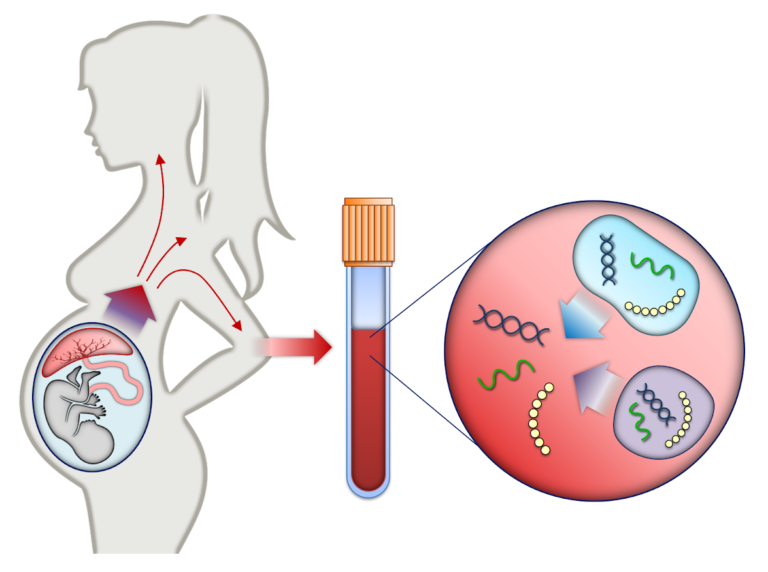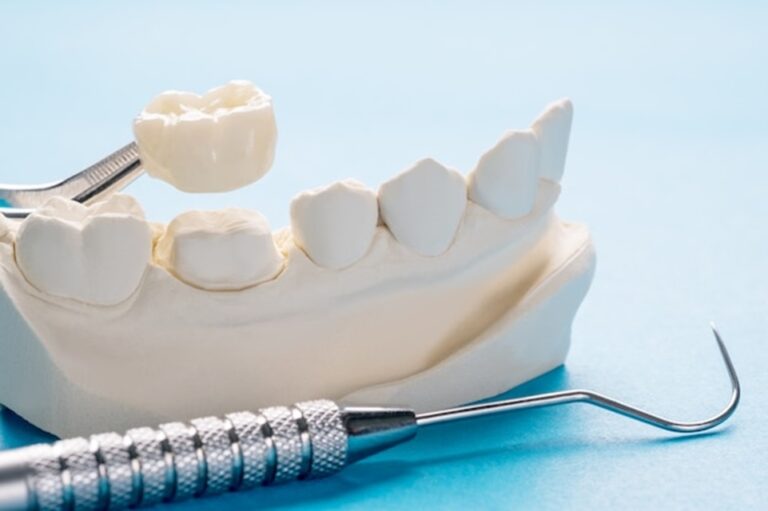
SADI vs. Duodenal Switch Surgery: Understanding the Difference
When considering bariatric surgery, two of the most popular procedures are SADI (Single Anastomotic Duodenal Ileostomy) and Duodenal Switch Surgery. Both of these procedures are designed to help individuals struggling with obesity achieve long-term weight loss success. However, there are differences between the two that should be taken into consideration before choosing a surgery option. So let’s take a closer look at the differences between the two and help you make an informed decision.
What is SADI?
Single Anastomosis Duodeno-Ileal (SADI) is a procedure that involves reducing the stomach’s size and rerouting a portion of the small intestine. This method allows patients to lose weight by limiting food intake and decreasing the absorption of calories and nutrients. SADI is known for its potential to generate significant weight loss outcomes and improvement in obesity-related conditions such as diabetes.
The procedure is generally recommended for patients with a body mass index of 35 or higher, but the optimal candidate should have an average BMI of 40 or higher. However, it is best to consult with a doctor for the SADI procedure in Mexico to determine if you meet the criteria and to discuss the best option for your particular situation.
What is Duodenal Switch?
On the other hand, the Duodenal Switch (DS), also known as Biliopancreatic Diversion with Duodenal Switch (BPD-DS), is another effective surgical procedure that achieves weight loss by both restricting food intake and malabsorption. In the DS procedure, a more significant amount of the small intestine is rerouted. This results in a substantial decrease in calorie and nutrient absorption, often leading to significant weight loss in patients with a high BMI. This procedure is generally recommended for people with a BMI of 40 or higher, and the ideal candidate should have an average BMI of 50 or higher.
Comparing SADI and Duodenal Switch: Key Factors
When considering which type of bariatric surgery is best for you, it is important to consider the following key factors:
- Weight Loss Potential:Both SADI and DS have been shown to help patients achieve weight loss. However, the DS procedure has been found to be more effective in terms of significant weight loss outcomes.
- Nutrient and Calorie Absorption:SADI reduces nutrient and calorie absorption by limiting food intake, while DS limits both food intake and absorption, resulting in a greater reduction in calories and nutrients.
- Recovery Time:The recovery time for SADI is typically shorter than that for DS. Patients can usually return to work or other activities within 1-2 weeks after their surgery, while the recovery time for DS may take up to several weeks.
- Cost: The cost of both procedures may vary, depending on the patient’s insurance plan and other factors. Generally speaking, SADI tends to be more affordable than DS.
Which Procedure is Right for Me?
It will be up to you and your doctor to discuss the procedure of both SADI and DS before making a final decision. It is important to consider the potential risks and long-term effects of each procedure before making a decision about which one is best for you. Your doctor will also be able to provide insight on which procedure is most likely to help you achieve your weight loss goals.
However, it is important to make sure that you follow the doctor’s instructions carefully throughout the entire process. Whether it is pre-bariatric surgery tips to a post-bariatric surgery diet, make sure you understand the risks and benefits of each procedure before making your decision. No matter which procedure you choose, bariatric surgery can be a life-changing experience that allows you to achieve your weight loss goals and improve overall health.
To Summarize
SADI and DS are two of the most popular types of bariatric surgery. Each procedure offers its own advantages, as well as differences in terms of weight loss potential, nutrient and calorie absorption, recovery time, and cost. Ultimately, it is best to discuss your options with your doctor in order to make an informed decision regarding the procedure that is right for you. With proper education and medical guidance, you can find the best solution for your weight loss goals.















